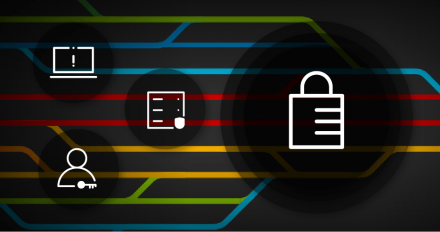
Run privileged commands more securely in OpenShift Dev Spaces
Learn how to run privileged commands in OpenShift Dev Spaces cloud development environments more securely, using OpenShift sandboxed containers (Kata containers).

Learn how to run privileged commands in OpenShift Dev Spaces cloud development environments more securely, using OpenShift sandboxed containers (Kata containers).
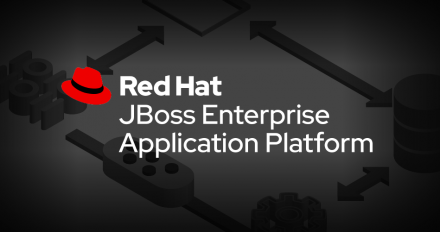
Explore new features in Red Hat JBoss EAP XP 6, including upgrades to MicroProfile 7, MicroProfile LRA and multi-app support, and observability tools.
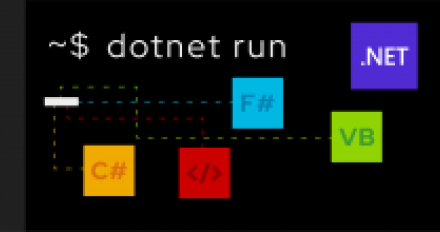
Learn how to deploy a .NET application to Red Hat OpenShift using the lift-and-shift migration pattern with this step-by-step guide.

Celebrate our mascot Repo's first birthday with us as we look back on the events that shaped Red Hat Developer and the open source community from the past year.
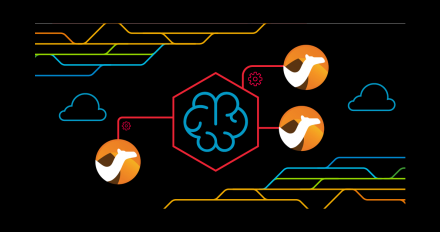
Dive into the Q3’25 edition of Camel integration quarterly digest, covering the
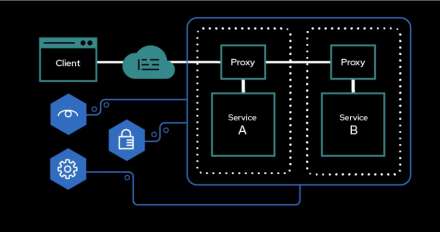
Learn how to configure, trigger, and monitor a circuit breaker using Red Hat OpenShift Service Mesh 3.0 to build resilient and fault-tolerant applications.
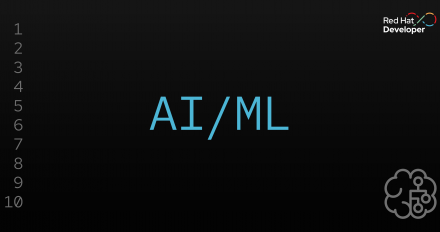
Integrate the Kubernetes MCP server with OpenShift and VS Code to give AI assistants a safe, intelligent way to interact with your clusters.
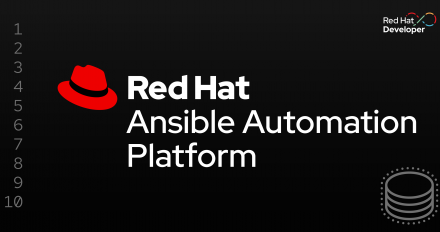
Provision, configure, and manage private EC2 instances using Terraform and Red Hat Ansible Automation Platform with the amazon.aws.aws_ssm connection plug-in.
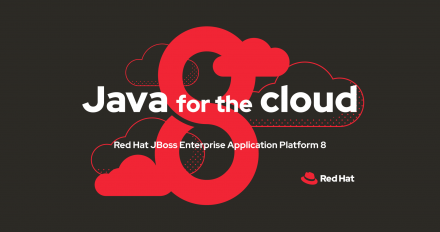
Explore new features in the JBoss EAP 8.1 release, including bootable JARs, self
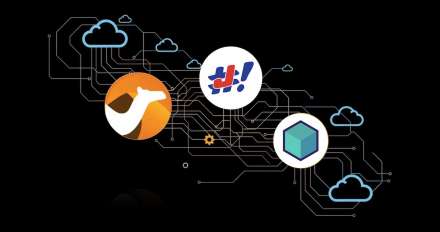
Discover how Camel JBang's infra command simplifies local development by launching real back ends like Kafka and Artemis, eliminating complex mock setups.
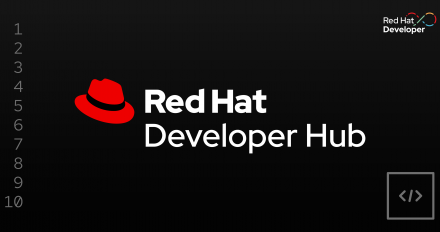
Set up an end-to-end CI/CD workflow by integrating Azure DevOps with Red Hat Developer Hub, featuring Azure Entra ID and Developer Hub plug-ins.
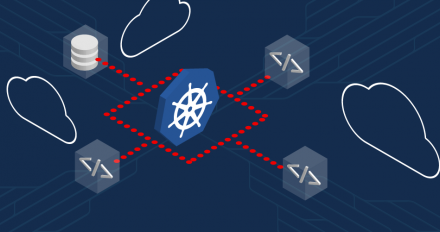
Learn how to migrate managed clusters in Red Hat Advanced Cluster Management 2.13 with this step-by-step guide.
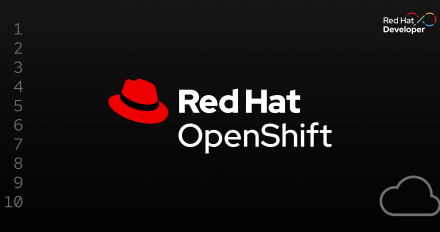
Install OpenShift Container Platform with confidential nodes using AMD SEV-SNP and Intel TDX-enabled confidential virtual machines on Google Cloud Platform.

Learn to implement custom logos in Red Hat OpenShift 4.19 for branded web console experiences, with CLI and web console setup instructions.

Dive into the Q2’25 edition of Camel integration quarterly digest, covering the
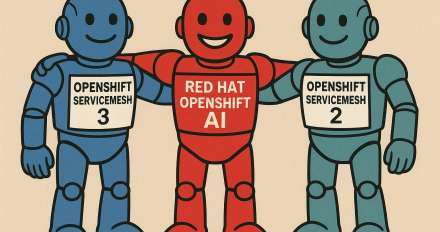
Learn how to overcome compatibility challenges when deploying OpenShift AI and OpenShift Service Mesh 3 on one cluster.
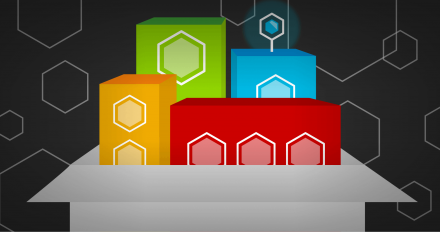
Discover how organizations can achieve over 40% reduction in resource usage and cost with Kruize Autotune, ensuring efficient and stable workload management.
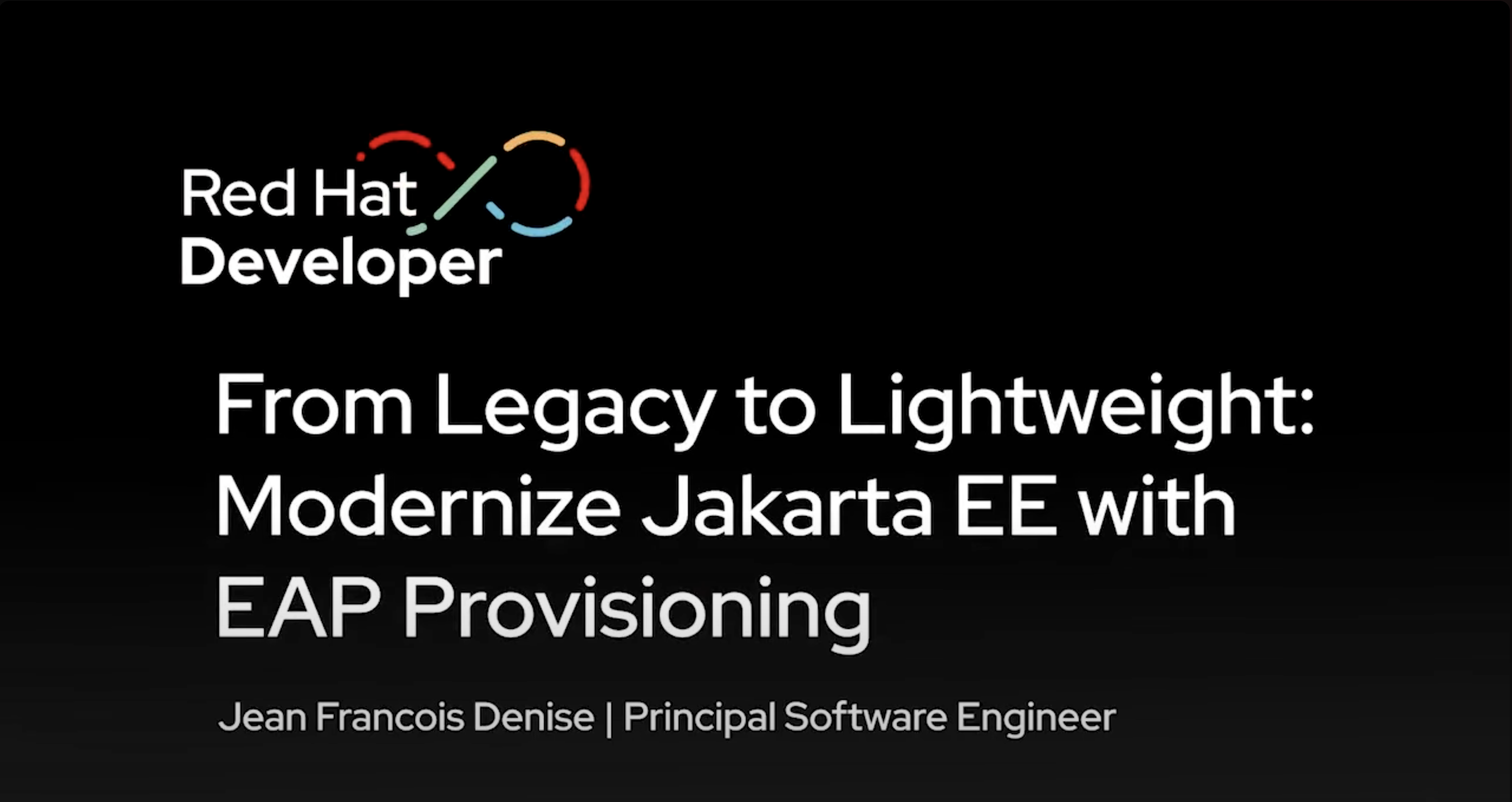
This video demonstrates how to evolve a simple Jakarta EE JAX-RS application to take advantage of JBoss EAP 8.1 Beta and the EAP Maven Plugin for provisioning. It walks through modifying the pom.xml to enable JBoss EAP provisioning, allowing you to:

This article elaborates on the various use cases for embedding containers and provides examples of templates.
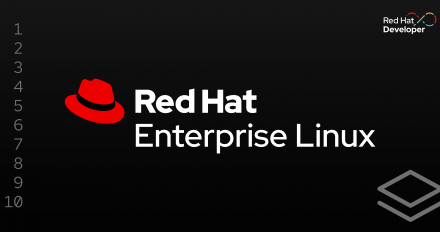
Learn how to run RHEL 10 on Windows as a Windows Subsystem for Linux distribution using Red Hat Enterprise Linux image builder.
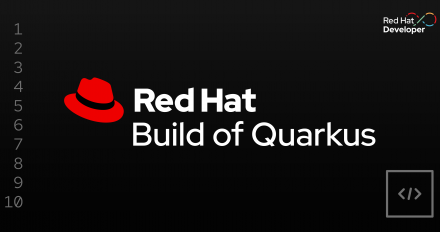
Red Hat build of Quarkus 3.20 offers enhanced observability, a modern WebSocket extension, and performance optimizations for faster, native-ready applications.
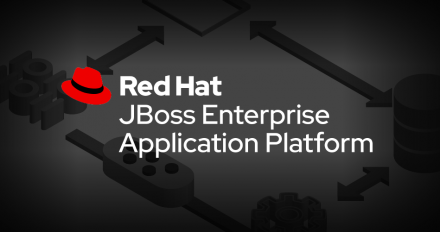
Explore new features in the JBoss EAP 8.1 Beta release, including bootable JARs, self-contained deployments, and Galleon-based server footprint trimming.
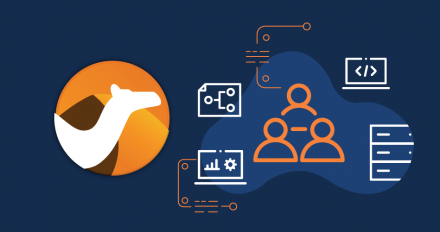
Dive into the Q1’25 edition of Camel integration quarterly digest, covering the

Learn how RHEL systems roles and image mode work together as well as how to migrate existing roles.

This article provides a brief rundown of best practices that apply to building bootable containers.